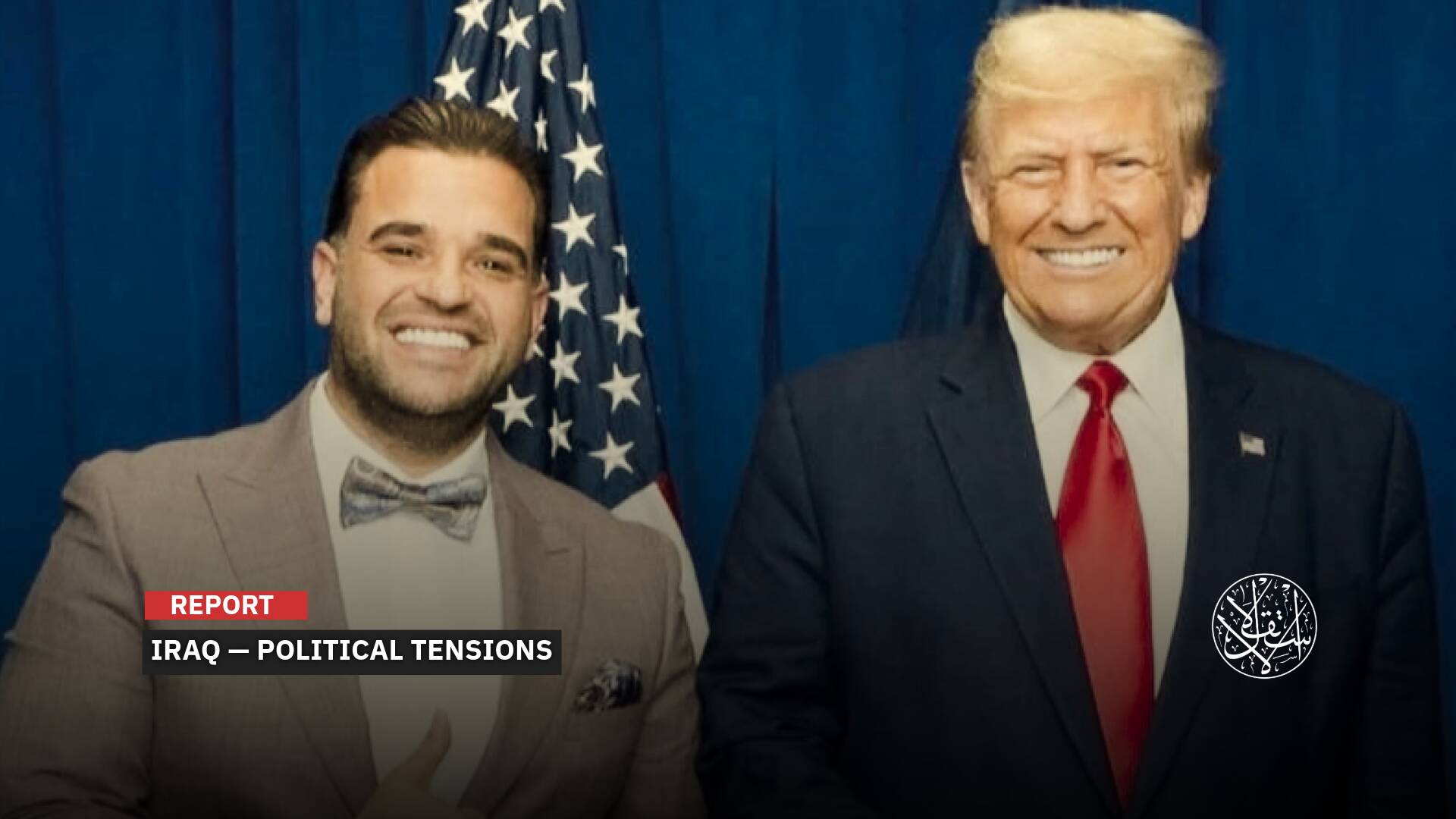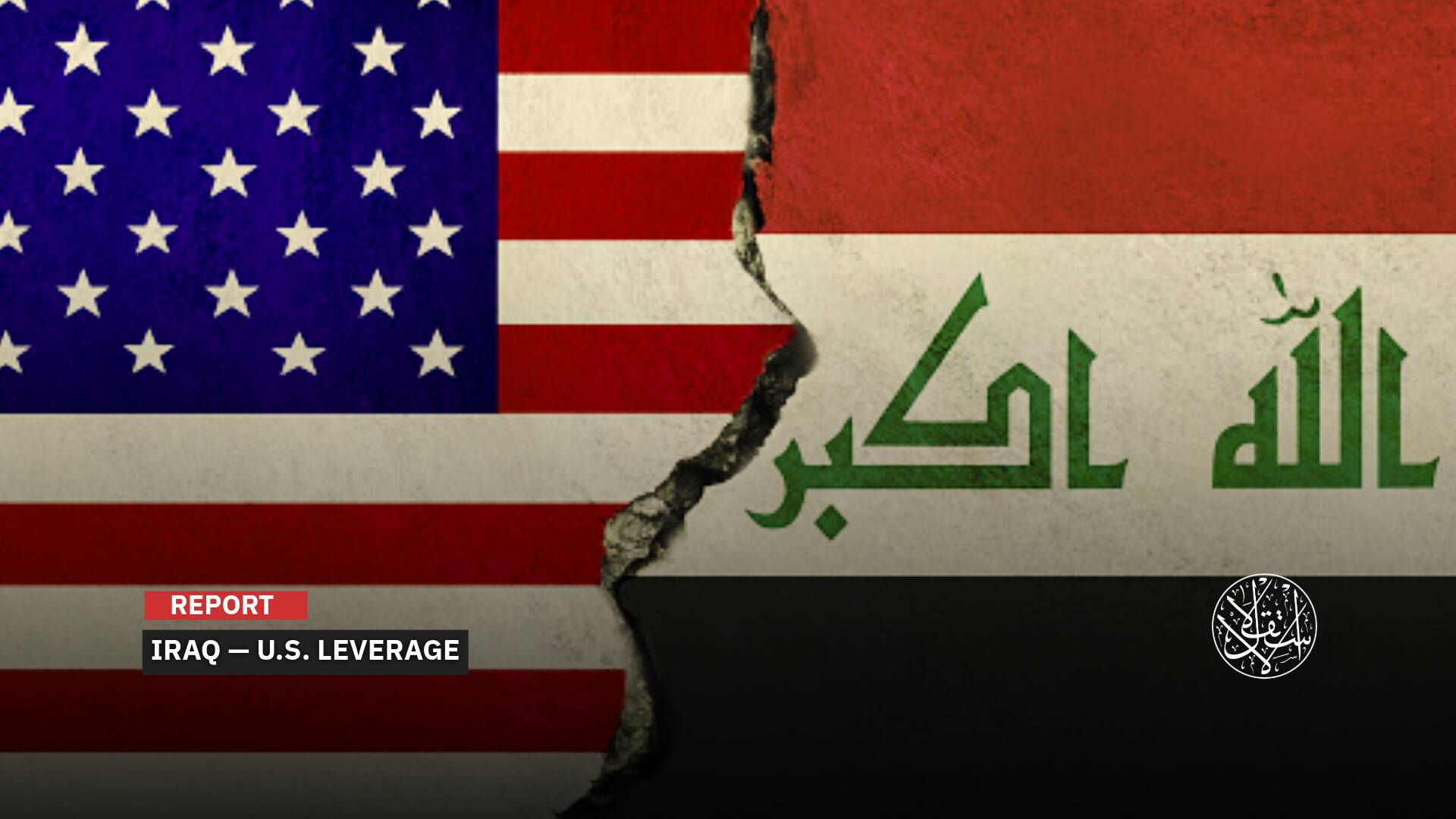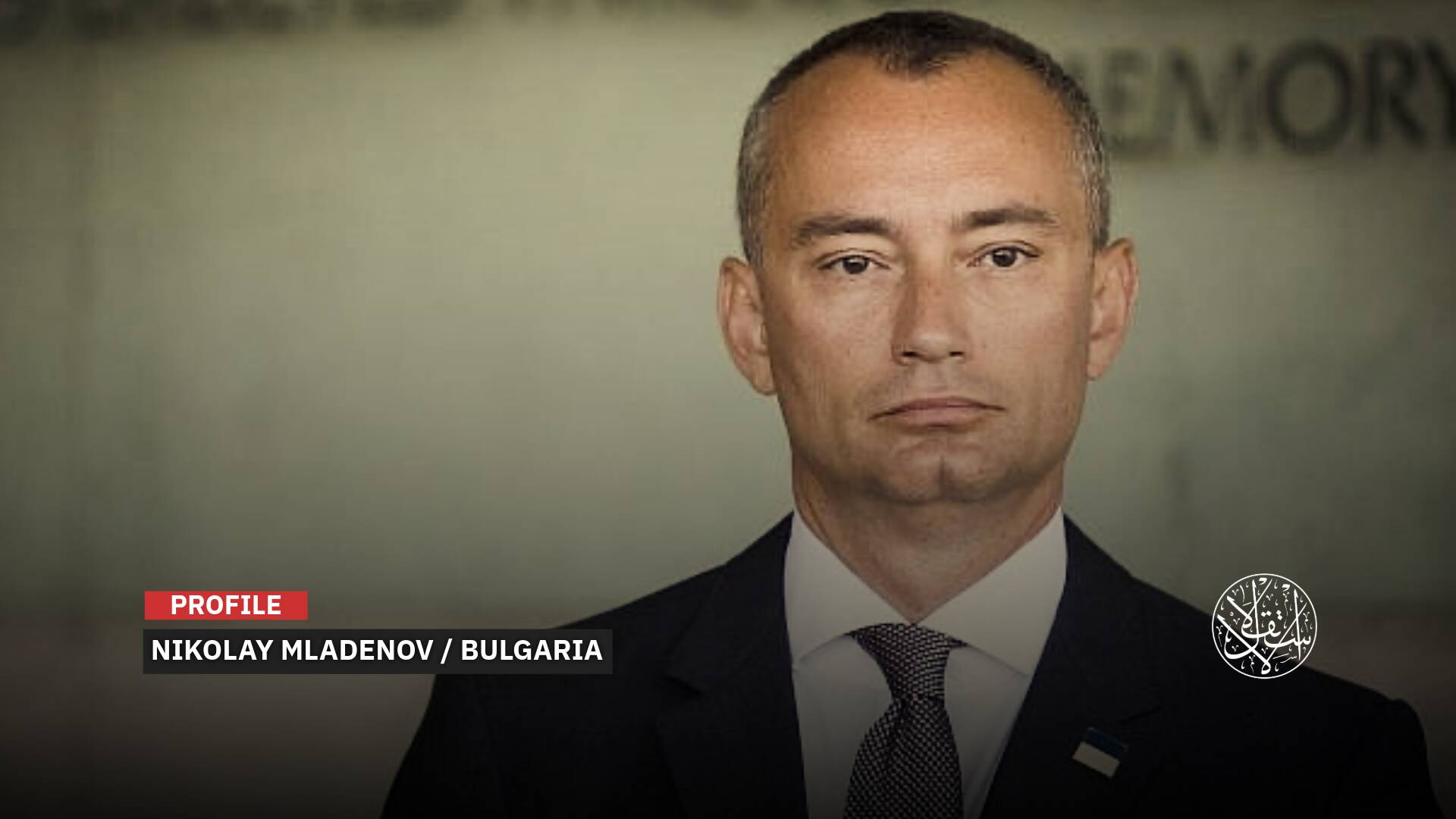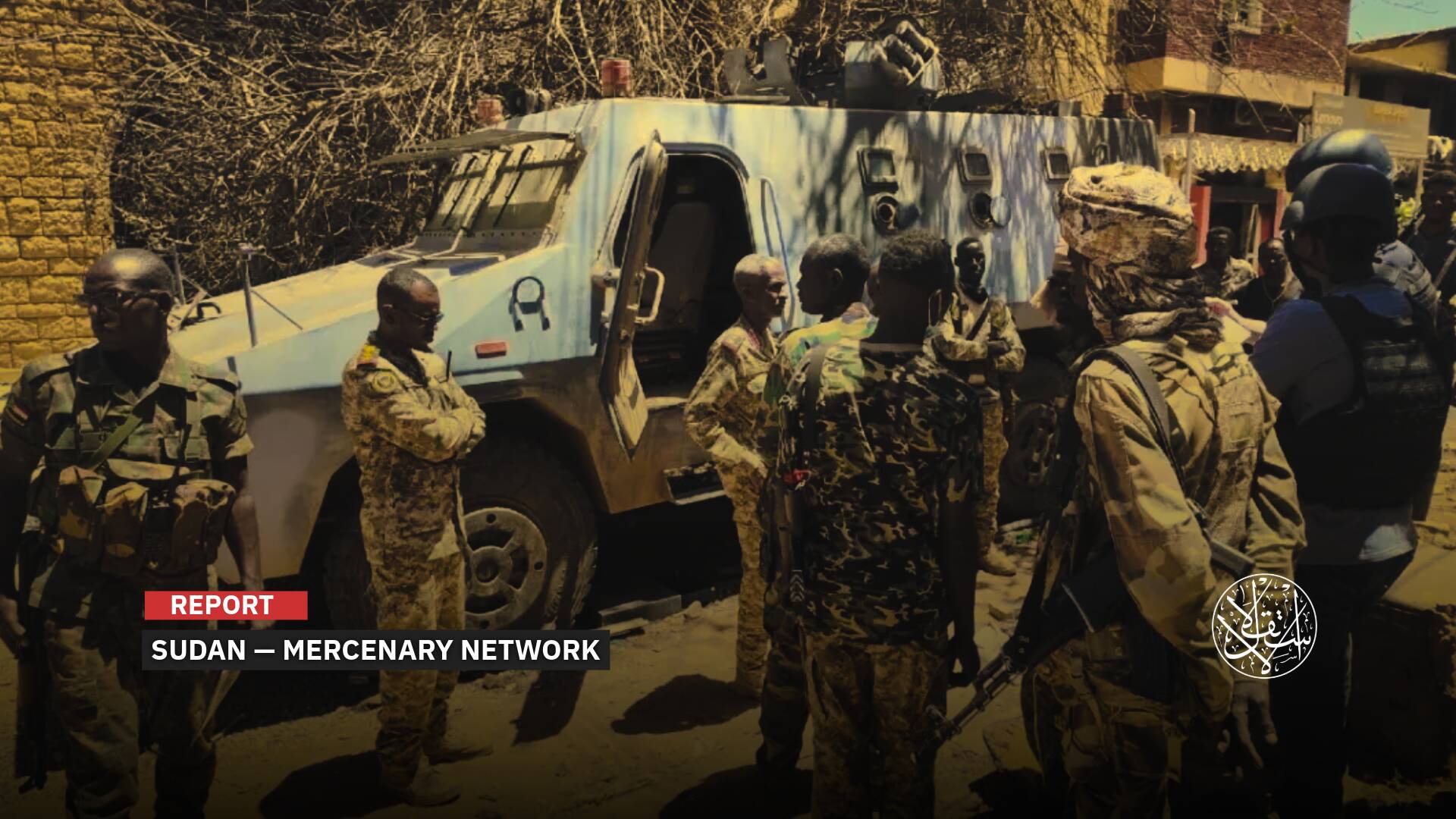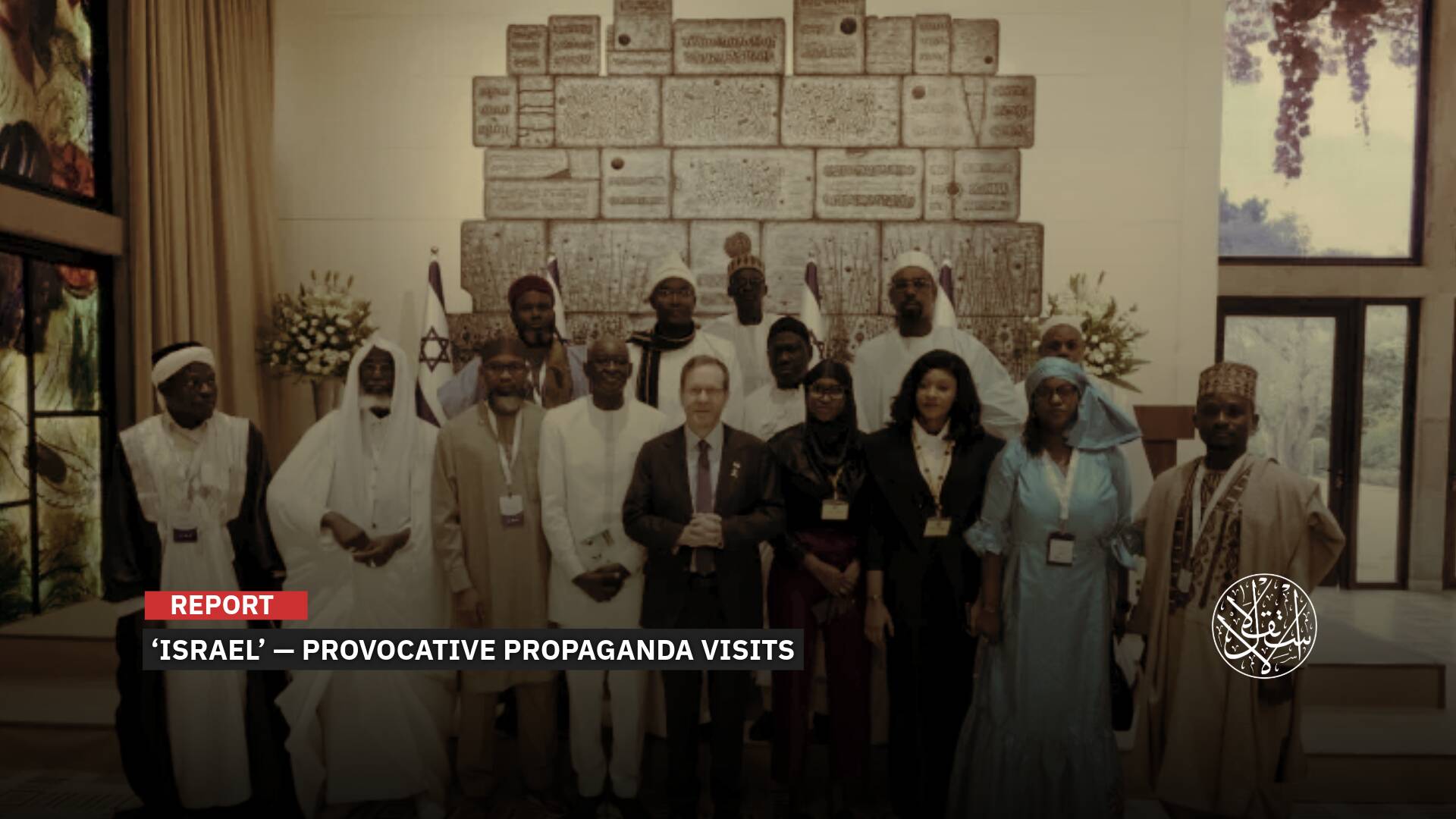With a Billion Dollars, What Are Washington’s Goals in Establishing a New Embassy in Beirut?

The new United States embassy in Lebanon appears as a fortified castle in a politically and economically unstable country, providing a secure and comprehensive facility for American diplomats and their families.
In 2017, the United States announced a billion-dollar project to construct its embassy building in Lebanon, embodying American culture through sustainable architectural and technological design. The embassy is set to open in 2024.
Strategic Location
The embassy is situated on a high hill overlooking the sea in Aoukar, northeast of Beirut’s historic core. It spans an area of approximately 174,000 square meters and is located 13 kilometers away from Beirut.
The building’s footprint is nearly two and a half times the size of the land area occupied by the White House and larger than 21 football fields. Computer-generated images unveiled by the embassy showcase an exquisitely contemporary edifice, characterized by multi-story structures adorned with lofty glass windows. The complex boasts recreational havens, including a captivating swimming pool, harmoniously set amidst verdant surroundings. Moreover, this architectural marvel affords panoramic vistas of the enchanting Lebanese capital.
The complex includes residential and support facilities, as well as an arts center, a hospital, a swimming pool, and residential towers, according to the project’s website.
The new embassy is approximately 1.7 kilometers away from the Dbayeh Corniche and around 250 meters from the old embassy site, which features a Vertical Take-Off and Landing (VTOL) aircraft pad.
The embassy’s massive and city-like design underscores Washington’s aim to isolate its diplomats from the local population.
Morphosis, an architectural firm based in Los Angeles, and B.L. Harbert, responsible for the U.S. Consulate in Erbil, Iraq, were entrusted with the construction.
William Moser, the Director of the Bureau of Overseas Buildings Operations at the U.S. Department of State, oversees the construction efforts and has made periodic visits to the site, including one on May 5, 2023, accompanied by the U.S. Ambassador to Beirut, Dorothy Shea.
Things are progressing at our new compound! pic.twitter.com/Eb7ogVCAHX
— U.S. Embassy Beirut (@usembassybeirut) May 5, 2023
According to the Intelligence Online’s report, published on May 29, 2023, the new U.S. embassy in Lebanon will facilitate information exchange with Lebanese agencies and allow the United States to closely monitor the entire region.
Based on its excellent intelligence partnership with Beirut, Washington is determined to maintain and expand its presence in Lebanon.
The embassy itself has been designated to include a data collection center and serve as a new regional intelligence hub for the United States.
The Intelligence Online confirms that Lebanon is considered a secure and strategic location for deploying intelligence assets already present in the region, in addition to recruiting new personnel directly from agencies based in Washington, with the aim of establishing a permanent base in Beirut.
This strategic development affords the United States a heightened degree of adaptability, further solidifying its influence in the neighboring region of Syria.
The newfound stronghold safeguards crucial oil and gas fields, which serve as the cornerstone of the nation’s economic prosperity, constituting a staggering 90% of its wealth.
This significant achievement amplifies the United States’ capacity to shape regional dynamics while bolstering its strategic advantage in the complex geopolitical landscape.
Operations Room
Washington intends to leverage its excellent partnership in information sharing with the Military Second Bureau (MSB), especially regarding Hezbollah, Iran’s military arm with a hundred thousand fighters, receiving full arms and financial support from Tehran.
The United States accuses the Lebanese Hezbollah of smuggling military weapons to Iranian proxies in Iraq, Yemen, and Syria to attack U.S. forces.
In fact, as highlighted by Intelligence Online, the U.S. funding of the Lebanese Army, which received an additional $60 million from Washington in December 2022, comes with an unlimited guarantee of access for the Defense Intelligence Agency (DIA) to the intelligence gathered by that army.
The construction of the massive new complex, which started in 2014 and is set to be inaugurated, came as a surprise to many observers as the United States continues to disengage from the Middle East, especially considering the already significant number of U.S. diplomatic missions in the Arab region.
With a main embassy in Amman and another, the largest in the world, being built in Baghdad with an estimated cost of $600 million, and another embassy in Erbil, Kurdistan region of Iraq, the selection of the new embassy in Beirut is in a distinctive and secure location with easy evacuation access to the sea, making it a potential regional hub and logistical base.
Observers also believe that the size of the embassy indicates the intention of the United States to establish a significant military presence within the new complex, including their complete arsenal and combat aircraft.
The construction of the colossal new U.S. embassy has ignited controversy owing to its immense scale and opulence. This contentious development unfolds within a nation where nearly 80% of the populace resides below the poverty line, intensifying debates surrounding socioeconomic disparity.
Lebanon is smaller than the state of Connecticut and has a population of only six million people.
American tourist influx to Lebanon remains scant, primarily attributable to apprehensions surrounding the risk of abductions and the precarious prospect of being held captive, particularly in light of Hezbollah’s pervasive influence within the security landscape.
Permanent Base
However, the decision to invest heavily in Beirut demonstrates the United States’ determination to remain in Lebanon and achieve a greater balance against entrenched Iranian influence there.
During the 1980s, the U.S. embassy in Beirut faced targeted threats. However, the prevailing sentiment today asserts that Beirut stands as a favorable selection for Washington’s strategic endeavors.
In 1983, the U.S. embassy in Beirut witnessed a bombing that killed 63 people, including 52 Lebanese and embassy staff.
In October of that same year, a bomb exploded in barracks housing American and French peacekeeping forces in Beirut, resulting in the deaths of 299 people, including 241 American military personnel.
Some speculated that the embassy would serve as a center for espionage or be linked to U.S. support for “Israel” within the framework of strategic coordination between the two countries.
Hence, the idea of establishing an embassy in Lebanon comes from Washington’s conviction that constructing an embassy of this magnitude in countries facing security concerns will enhance its political weight in the region.

Particularly, the presence of sufficient helicopter landing pads at the location is noteworthy, considering the effectiveness demonstrated by helicopter evacuations of U.S. diplomats in Kabul, Iraq, and Sudan.
The United States’ insistence on maintaining its presence in Lebanon stems primarily from its important geopolitical position, as it is close to “Israel.”
Therefore, observers anticipate the embassy’s metamorphosis into a dynamic operational hub, positioning Lebanon as its prominent headquarters. Speculation surrounding the embassy’s potential integration of advanced research facilities further amplifies this notion, hinting at an expanded scope of activities in the country.
In this context, Palestinian writer Hamed Abu al-Ezz wondered in an article published on May 7, 2023, on the Rai Alyoum website, whether this embassy is an embassy or an advanced base.
Abu al-Ezz stated, “The United States has chosen the location of its embassy near the Lebanese gas fields (in the Mediterranean Sea) so that it can monitor and hinder any extraction operations there.
“There are discussions in Lebanese circles about banning flights over the embassy, and it is certain that the United States will work on stabilizing advanced air defense systems to protect it from any potential attacks.”
The construction of the second-largest diplomatic site in the world by the United States in Lebanon indicates that it has no plan to relinquish its role in the Middle East.
This was especially since Russia has managed to access the Mediterranean Sea since 2017 and establish a naval base in Tartus, Syria, as well as a military base in Latakia, both under an extendable 49-year contract with the Bashar al-Assad regime.
In this context, the American affairs expert Walid Phares believes that the location of the “American fortress” in Lebanon is highly strategic due to its proximity to the Mediterranean Sea, allowing it to maintain contact with the U.S. Navy and, through it, to the North Atlantic Treaty Organization (NATO) in Europe.
Phares added in an interview with The Foreign Desk in early May 2023 that the “U.S. intelligence community needs a center like this in the region, especially to monitor and address menaces from the Iran regime and its militias but also from Jihadists.
“Its unique positioning on the Mediterranean coast, and its direct communication with U.S. Navy makes a very secure hub for CIA, DIA, and other agencies to operate from a strategically favorable location.”
Therefore, the “intel community is somewhat lucky to enjoy such a unique position in the Middle East,” stretching from the Mediterranean coast to the borders of Pakistan, according to the expert.
Sources
- US prepares new regional intel hub within forthcoming Beirut embassy
- In an Arab country: A new US embassy compound raises controversy with its magnitude [Arabic]
- EXCLUSIVE: Q&A With Dr. Walid Phares on U.S. Plans to Build Intel Center in Hezbollah-Controlled Lebanon
- EXCLUSIVE: Q&A With Dr. Walid Phares on U.S. Plans to Build Intel Center in Hezbollah-Controlled Lebanon




